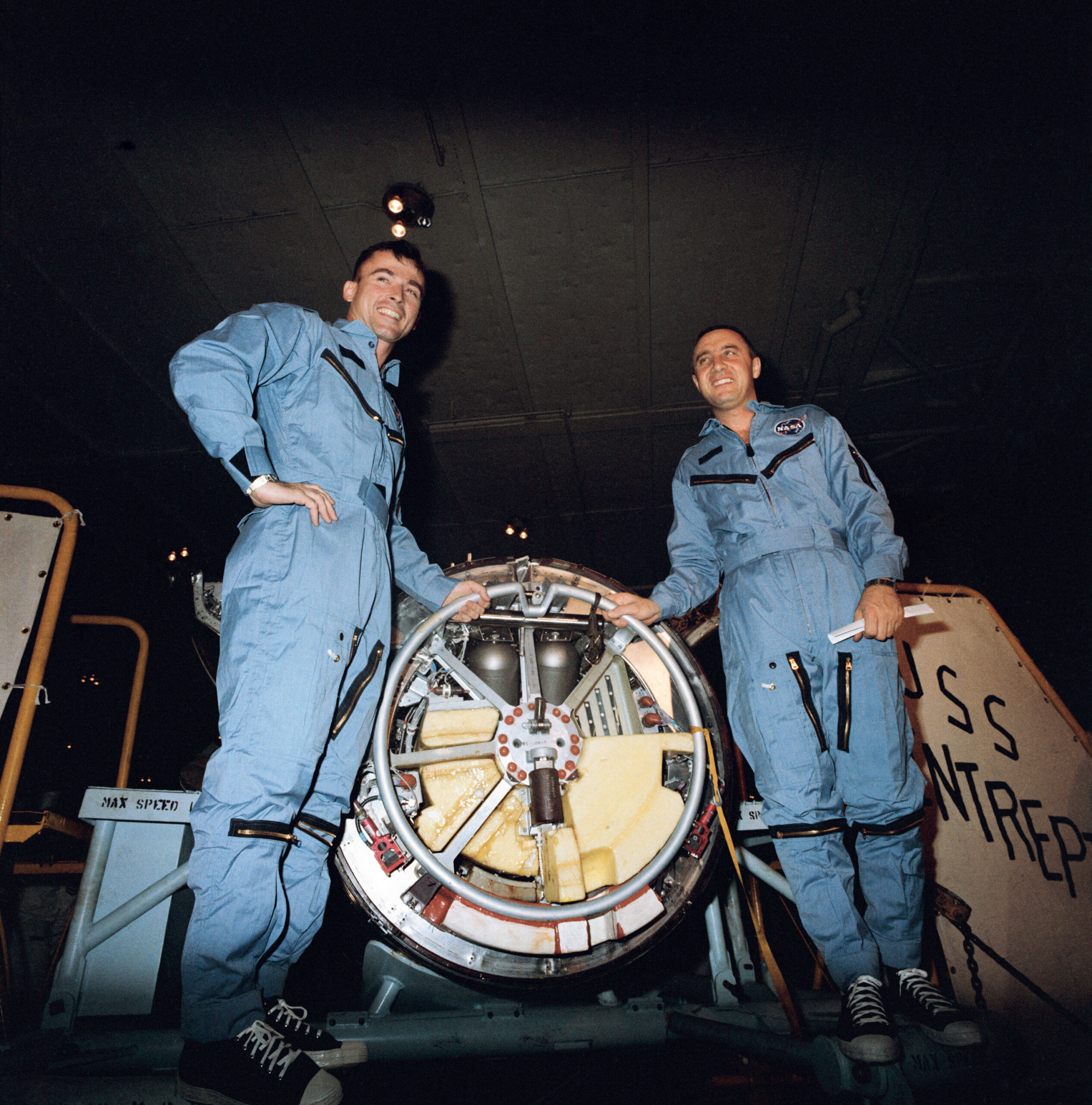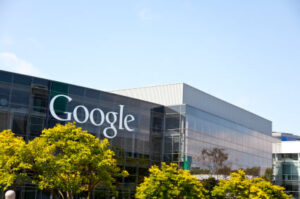Sixty Years Ago: America’s Inaugural Two-Person Space Mission, Gemini III

The Historic Launch of Gemini III
On March 23, 1965, a milestone was achieved in American space exploration with the launch of Gemini III. This mission marked the United States’ first two-person spaceflight, featuring astronauts Virgil “Gus” Grissom and John Young. Grissom made history on this flight, becoming the first person to venture into space twice, while Young was among the second group of astronauts selected for space travel. Their three-orbit mission was notably significant as it included the inaugural orbital maneuvers executed by a crewed spacecraft, essential for future rendezvous and docking missions. After completing their mission, both astronauts returned safely to Earth, splashing down in the Atlantic Ocean.
The Purpose Behind Project Gemini
Project Gemini was initiated with the ambitious goal of preparing for the Apollo Program, which aimed to land a man on the Moon and ensure his safe return by the end of the 1960s. The primary objectives included demonstrating techniques for rendezvous and docking, which would be critical for upcoming lunar missions. In preparation, NASA conducted uncrewed missions—Gemini I and II—to validate the spacecraft’s design and ensure its reliability before placing astronauts on board.
Key Crew Members
NASA selected a team of experienced astronauts for Gemini III.
- Gus Grissom: A veteran of the Mercury 4 mission and the first person to fly into space twice.
- John Young: A member of the second group of astronauts, making his first flight.
- Walter Schirra and Thomas Stafford served as backup crew members for the mission.
The Launch Day Experience
On the morning of March 23, Grissom and Young donned their new Gemini spacesuits and traveled via transfer van to Launch Pad 19 at Cape Kennedy, Florida. After a short elevator ride, they entered the Gemini capsule, perched atop a Titan II rocket. At exactly 9:24 a.m. EST, the rocket roared to life, propelling them into space.
Mission Highlights
Five and a half minutes post-launch, the Titan II’s second stage engine cut off, and Gemini III began its orbital journey. Grissom became the first person to enter space for the second time. Meanwhile, flight controllers monitored the mission from the newly established control center in Houston, which would become the permanent hub for all American human spaceflights after Gemini IV.
During their mission, Gemini III reached an orbit of approximately 100 miles by 139 miles above Earth. As the spacecraft orbited, Grissom and Young successfully executed their first maneuver by firing the thrusters, adjusting their orbit. This maneuver was confirmed by Young, ensuring that they were on track for their mission goals.
A Unique In-Flight Snack
In an amusing twist, Young brought a corned beef sandwich onboard. Although they enjoyed a small bite, they decided to stow the sandwich away to prevent crumbs from floating inside the cabin, which could interfere with the spacecraft’s systems. This moment highlighted the challenges of space dining and offered a lighthearted take amid their serious mission objectives.
Preparing for Re-entry
As they completed their third orbit, the astronauts set up for re-entry. They performed a crucial final maneuver to ensure safe re-entry, adjusting their orbit to lower their trajectory. After successfully jettisoning the rear section of the spacecraft, they activated the retrorockets, steering them back through the Earth’s atmosphere.
During their descent, they encountered some communication blackouts due to ionized gas buildup, a common occurrence during re-entry. At about 50,000 feet above the ocean, Grissom deployed the drogue parachute to stabilize their descent, followed by the main parachute. They safely splashed down in the Atlantic Ocean, approximately 52 miles short of the expected landing zone, after nearly five hours in space.
Post-Flight Activities and Celebrations
A rescue helicopter quickly retrieved Grissom and Young from the ocean, flying them to the U.S.S. Intrepid, where they underwent medical evaluations. They also received a congratulatory phone call from President Lyndon B. Johnson. Less than three hours post-landing, they headed back to Cape Kennedy for further debriefing and a press conference, marking an important return to normalcy after their groundbreaking journey.
After their return to Houston on March 31, Grissom and Young were officially welcomed by NASA officials, who raised an American flag that the astronauts had taken with them on the mission—a flag that would go on to symbolize all subsequent Gemini flights. This historic mission not only advanced the United States’ goals in space but also laid the groundwork for future achievements in human space exploration.





